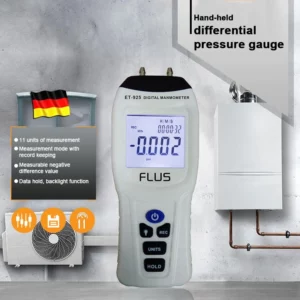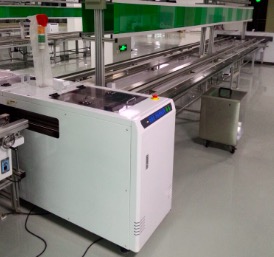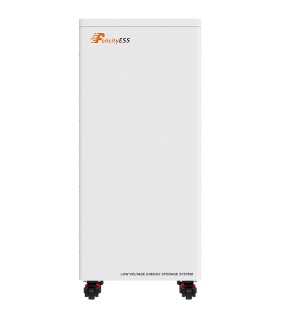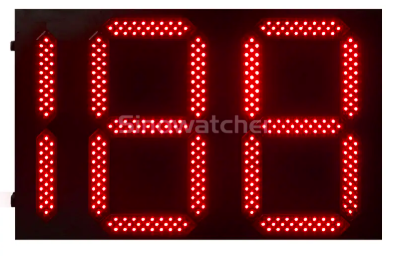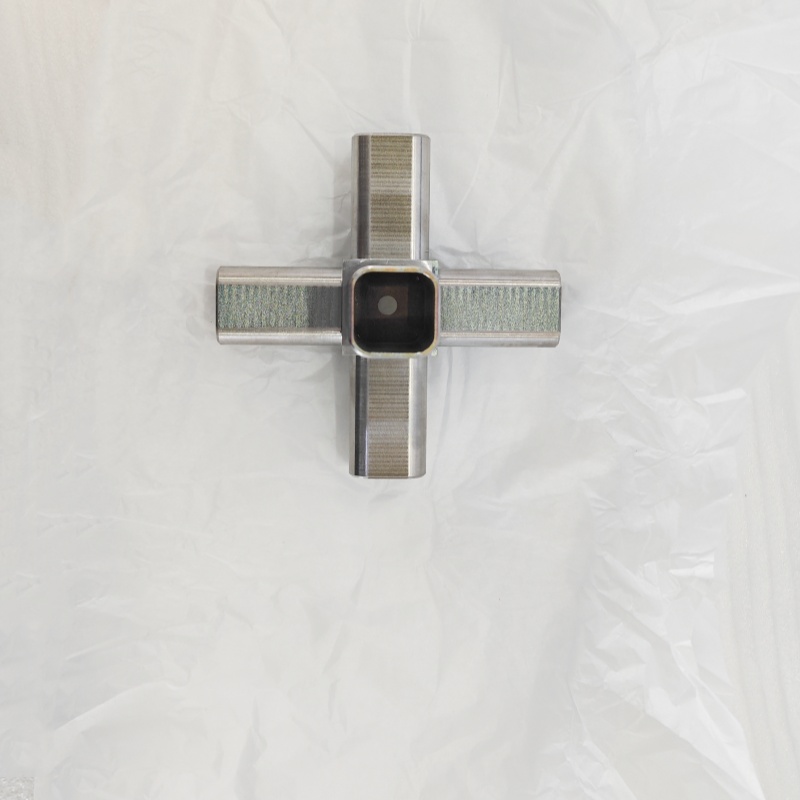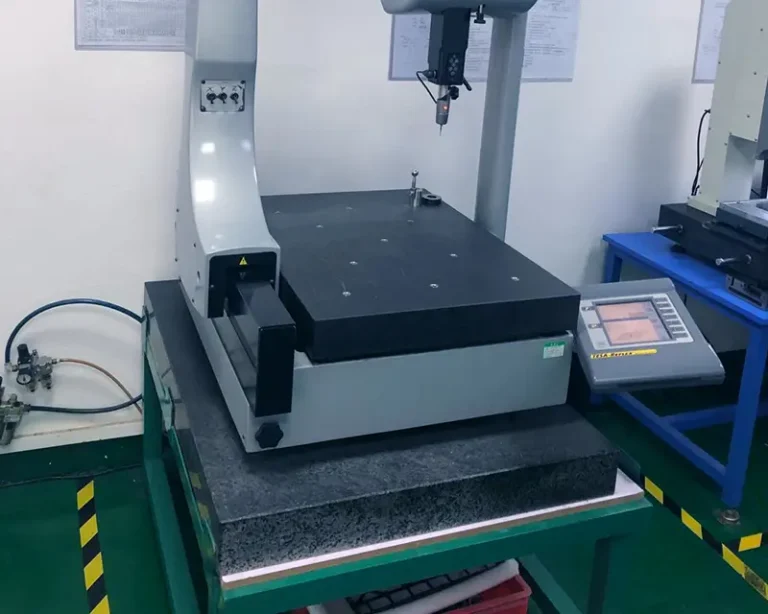目录
In the world of fluid dynamics and pressure measurement, the differential pressure meter plays a crucial role. These devices are essential for various applications, from HVAC systems to industrial processes. Among the many types of pressure measurement tools available, the portable digital manometer stands out for its versatility and ease of use. In this article, we will explore the working principle of a differential pressure meter, highlighting how it operates and the advantages of using a portable digital manometer.
What is a Differential Pressure Meter?
A differential pressure meter is a device designed to measure the difference in pressure between two points in a system. This measurement is vital for understanding flow rates, detecting leaks, and ensuring that systems operate within their designed parameters. The differential pressure can be measured in various units, including Pascals, inches of water column, or psi, depending on the application.
The Working Principle of a Differential Pressure Meter
The working principle of a differential pressure meter is based on the concept of pressure difference. The device typically consists of two pressure ports, which are connected to the points in the system where pressure needs to be measured. The basic operation can be broken down into several key components:
1. Pressure Sensing Elements: At the heart of a differential pressure meter are the pressure sensing elements. These can be diaphragm sensors, piezoelectric sensors, or capacitive sensors. When pressure is applied to these elements, they deform or change their electrical properties, allowing the meter to quantify the pressure difference.
2. Pressure Ports: The two pressure ports are crucial for the operation of the meter. One port is connected to the high-pressure side of the system, while the other is connected to the low-pressure side. The difference in pressure between these two ports is what the meter measures.
3. Signal Processing: Once the pressure difference is detected, the signal is sent to a processing unit within the meter. This unit converts the raw data from the pressure sensors into a readable format, often displayed on a digital screen. This is where a portable digital manometer excels, as it provides real-time readings that are easy to interpret.
4. Calibration: For accurate measurements, differential pressure meters must be calibrated. This involves comparing the readings of the meter against a known standard and adjusting the device accordingly. Many portable digital manometers come pre-calibrated, but users should periodically check their accuracy, especially in critical applications.
5. Output: Finally, the processed data can be output in various forms. Some meters provide analog outputs, while others offer digital outputs that can be connected to data logging systems or computers. The portability of a digital manometer allows for easy data collection in the field, making it a preferred choice for many technicians.
Advantages of Using a Portable Digital Manometer
The portable digital manometer has gained popularity due to its numerous advantages over traditional pressure measurement devices. Here are some key benefits:
1. Ease of Use: Portable digital manometers are designed for user-friendliness. With intuitive interfaces and clear digital displays, users can quickly take measurements without extensive training.
2. Versatility: These devices can be used in various applications, from measuring pressure in HVAC systems to monitoring industrial processes. Their portability allows technicians to carry them to different locations, making them ideal for fieldwork.
3. Accuracy: Modern portable digital manometers are highly accurate, providing reliable readings that are essential for critical applications. The digital nature of these devices minimizes human error associated with analog readings.
4. Data Logging: Many portable digital manometers come equipped with data logging capabilities. This feature allows users to record measurements over time, which is invaluable for trend analysis and troubleshooting.
5. Compact Design: The compact design of portable digital manometers makes them easy to store and transport. Unlike bulky traditional meters, these devices can fit into a technician’s toolkit without taking up much space.
Applications of Differential Pressure Meters
Differential pressure meters, particularly portable digital manometers, are used in various industries. Some common applications include:
HVAC Systems: Monitoring air pressure in ductwork to ensure efficient airflow and system performance.
Fluid Dynamics: Measuring pressure drops across filters, pumps, and valves to optimize system efficiency.
Process Control: Ensuring that pressure levels in industrial processes remain within specified limits to prevent equipment fa
0